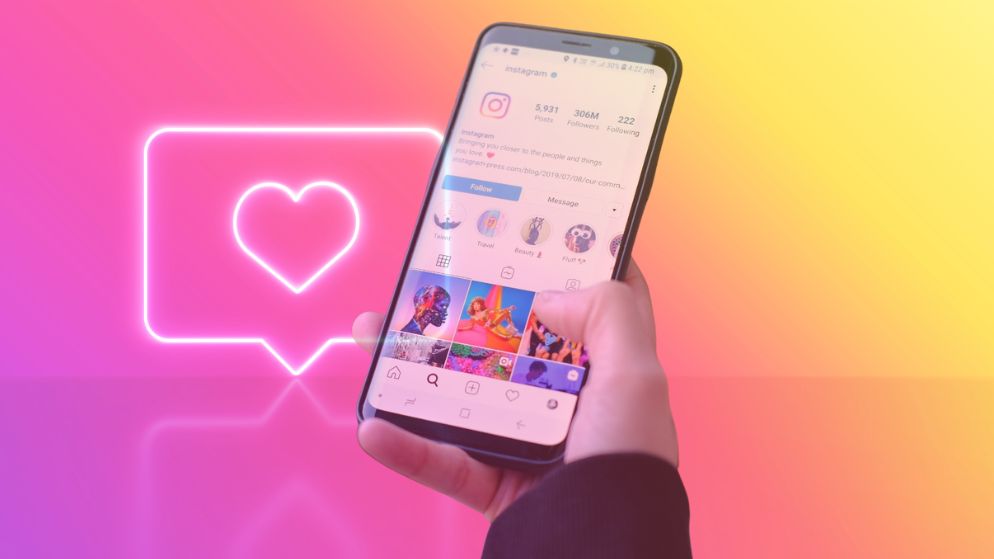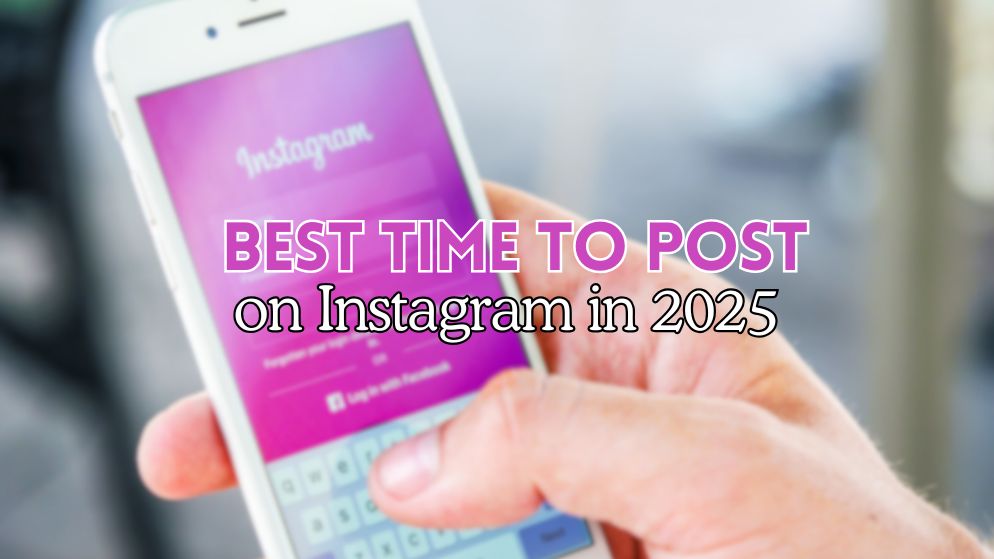Instagram has become one of the most influential social media platforms, attracting millions of users daily who share photos, videos, and stories. Whether you’re a brand, influencer, or content creator, timing your posts correctly can make a significant difference in engagement and reach. With Instagram’s algorithm constantly evolving, the question remains: When is the best time to post on Instagram in 2025? This comprehensive guide will break down optimal posting times, key strategies, and how you can tailor your content for maximum engagement.
How the Instagram Algorithm Works?
Instagram’s algorithm prioritizes content based on user behavior and engagement signals. Unlike the chronological feed of the past, Instagram now uses a combination of factors to determine what appears on your followers’ feeds:
- Engagement Signals: Likes, comments, shares, and saves are key indicators that your content is resonating with users.
- Recency: Although Instagram doesn’t follow a strict chronological order, newer posts are often favored, making the timing of your posts crucial.
- User Preferences: The algorithm tracks the types of posts users engage with most and surfaces similar content on their feeds.
- Explore and Reels Algorithm: Instagram’s Explore page and Reels feed use engagement metrics and watch time to boost content visibility. Videos and Reels that hold viewers’ attention are more likely to be recommended.

Why Timing Matters on Instagram
Timing is one of the most important factors in getting your content seen. Posting when your audience is most active can significantly boost engagement, as your content is more likely to appear at the top of their feed when they open the app. A well-timed post can lead to more likes, comments, shares, and even save features, which in turn signals to the algorithm that your content is valuable, increasing its reach.
Best Times to Post on Instagram (General Analysis)
Determining the best time to post on Instagram can vary based on your industry, audience demographics, and content type. However, general trends provide a useful starting point. Here’s a breakdown of optimal posting times based on user activity data.
Overall Best Times Based on Data
- Early Mornings (6 a.m. – 9 a.m.): This window captures users checking their phones right after waking up.
- Lunch Break (11 a.m. – 2 p.m.): Engagement spikes during lunch hours as people take a break and browse social media.
- Evenings (6 p.m. – 9 p.m.): Users are winding down after work, making this a peak time for Instagram browsing.
Industry-Specific Best Times to Post on Instagram
Different industries have unique audience behaviors, so let’s dive into the best times to post for specific sectors.
| Category | Best Times to Post | Reason |
|---|---|---|
| Travel and Tourism | Weekdays from 10 a.m. to 12 p.m. and 7 p.m. to 9 p.m. | Users are daydreaming about vacations or planning trips during these times. |
| Fashion and Beauty | Weekdays from 12 p.m. to 2 p.m. and 7 p.m. to 9 p.m. | High-traffic times when users are seeking style inspiration. |
| Fitness and Wellness | Early mornings (6 a.m. – 8 a.m.) and evenings (6 p.m. – 10 p.m.) | Aligns with workout schedules as users look for motivation and tips before/after exercise. |
| Food and Beverage | Lunch hours (12 p.m. – 2 p.m.) and evening (5 p.m. – 7 p.m.) | Ideal times when users are planning meals or dining out. |
| Technology and Digital Marketing | Weekdays from 9 a.m. to 11 a.m. and 1 p.m. to 3 p.m. | Matches standard business hours and peak productivity times. |
How to Find the Best Times to Post for Your Audience
While industry data provides a good starting point, your unique audience may have specific habits. Here’s how you can tailor your posting schedule:
Using Instagram Analytics
Instagram Insights is a powerful tool for understanding your audience’s activity:
- Access Insights: Go to your profile, click the menu, and select “Insights.”
- Analyze Follower Activity: Check the “Audience” section to see when your followers are most active.
- Track Key Metrics: Monitor likes, comments, shares, and saves to determine the effectiveness of your posts at different times.
Testing various time slots can help you pinpoint the best posting schedule for your audience. Try A/B testing by posting similar content at different times and comparing engagement metrics.

Tips for Maximizing Engagement Beyond Timing
Posting at the right time is important, but it’s not the only factor that determines engagement. Here are additional tips to boost your performance:
Create High-Quality, Relevant Content
- Use trending hashtags to increase visibility.
- Write engaging captions that encourage comments and shares.
- Ensure your photos and videos are high-quality and align with your brand aesthetic.
Leverage Instagram’s Features and Tools
- Use scheduling tools like Later, Buffer, or Hootsuite to plan posts in advance.
- Experiment with new features like Instagram Reels and interactive stickers in Stories to increase engagement.
Engage with Your Audience Actively
- Respond to comments and direct messages promptly.
- Engage with your followers’ content to foster a sense of community.
- Use polls, quizzes, and Q&A stickers to encourage interaction.
FAQs
- What is the best time to post on Instagram to get more likes in 2025?
- Early morning (7 a.m. – 9 a.m.) and evening (6 p.m. – 9 p.m.) are generally the best times.
- Does the time zone affect the best time to post on Instagram?
- Yes, always consider your audience’s time zone when scheduling posts.
- How often should I post on Instagram for optimal engagement?
- Posting 3-5 times per week is a good starting point, but adjust based on your audience’s response.
- Is it better to post Instagram Reels in the morning or evening?
- Evenings tend to see higher engagement for Reels as users are looking for entertainment.
- How can I use Instagram Insights to find my best posting times?
- Check the “Audience” section in Insights to see when your followers are most active.
Conclusion
In 2025, finding the best time to post on Instagram requires a mix of data analysis, industry insights, and audience understanding. While general trends offer a good starting point, the most effective approach is to continuously monitor your own analytics and adjust your posting schedule accordingly. By staying informed and flexible, you can maximize your Instagram engagement and grow your online presence.




